We wrapped up our December 2021 stay in SE Arizona by visiting two of Arizona’s lesser known National Park Units, Tumacácori National Historic Park and Casa Grande Ruins National Monument. Both park units protect historically significant sites near Tucson. Tumacácori protects the ruins of three missions founded during the Spanish colonial era, including the oldest mission site in the state of Arizona. Casa Grande preserves a group of ruins constructed by the Hohokam who farmed the Gila Valley in the early 13th century.
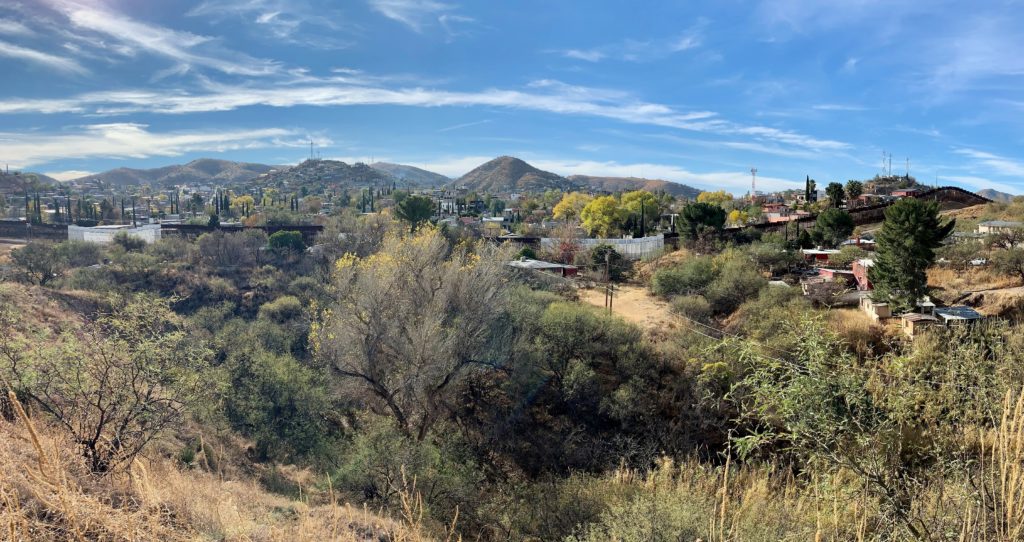
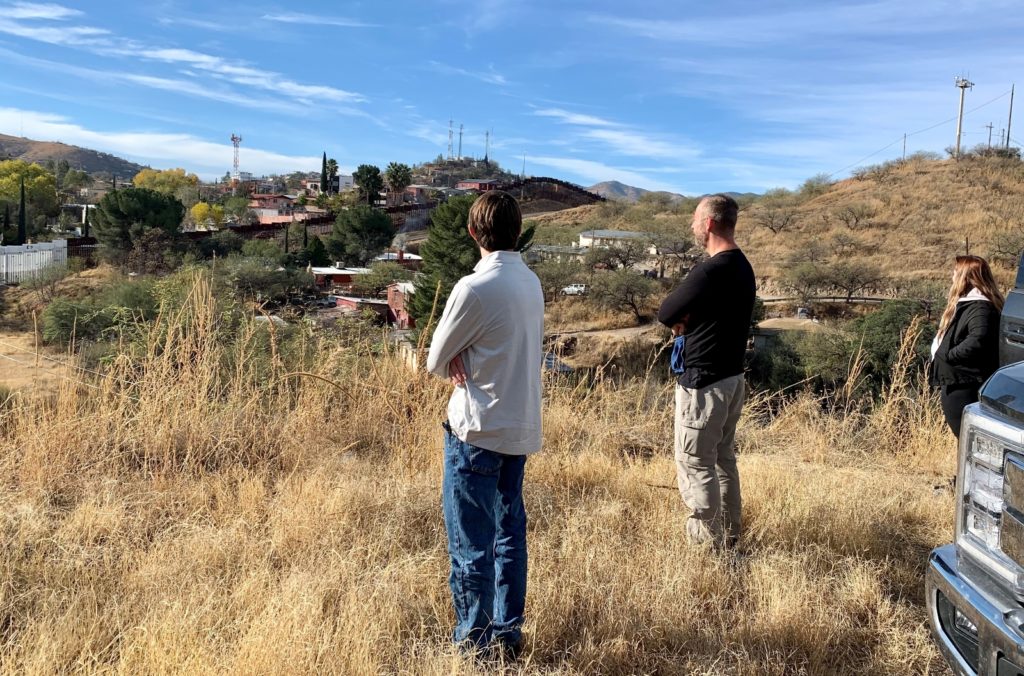
Tumacácori National Historical Park
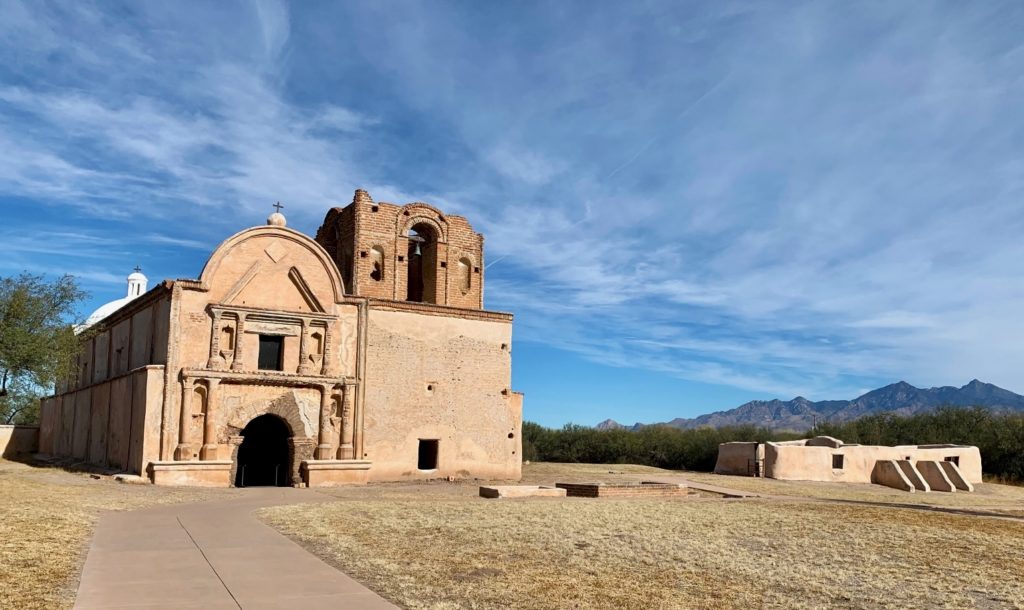
Tumacácori National Historical Park in Southern Arizona protects the ruins of three missions founded during the Spanish colonial era. Two of the missions, Los Santos Ángeles de Guevavi and San José de Tumacácori, were among the twenty-four founded by Jesuit Father Eusebio Franciso Kino. The third, San Cayetano de Calabazas, was founded later by Jesuit Father Francisco Pauer. From the establishment of these missions in 1691 and 1756 until the final departure of the residents from Tumacácori in 1848, Kino and the Jesuit and Franciscan missionaries who followed baptized thousands of native people and settlers. Tumacácori National Historical Park preserves the history and tells the stories of these Spanish missions and their influence on the O’odham peoples and on the continuing culture of the American southwest.
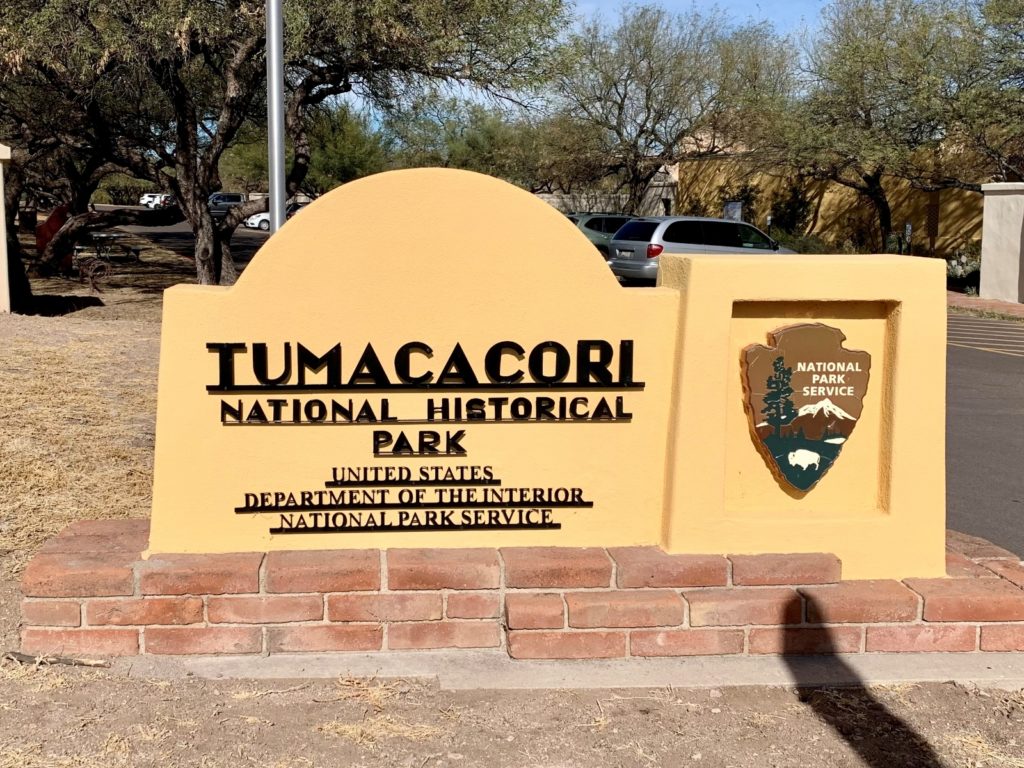



According to the Department of the Interior, President Theodore Roosevelt created five national parks, 18 national monuments, 51 bird sanctuaries, began the National Wildlife Refuge system and set aside more than 100 million acres for national forests.
Of the three missions protected within the National Park Unit, Tumacácori is the best preserved and most visited. Here you’ll find the visitor center and an excellent little museum. Be sure to visit both before continuing outside to the mission ruins where you can see the remains of the church, convento, cemetery, granary, lime kiln, and parts of the orchard and irrigation ditch.
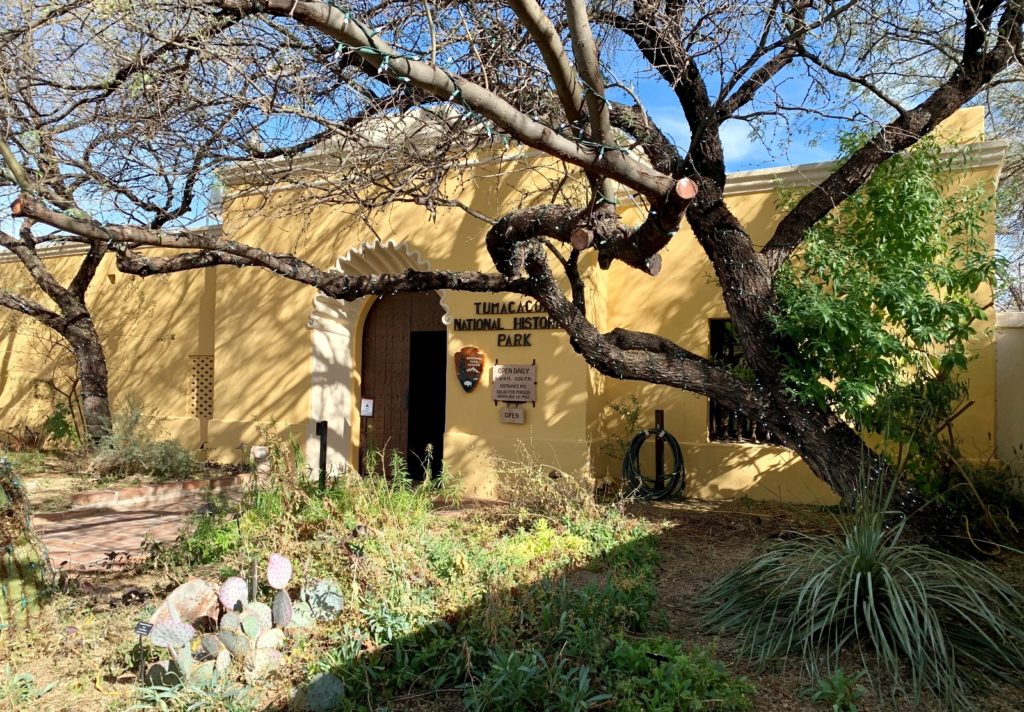
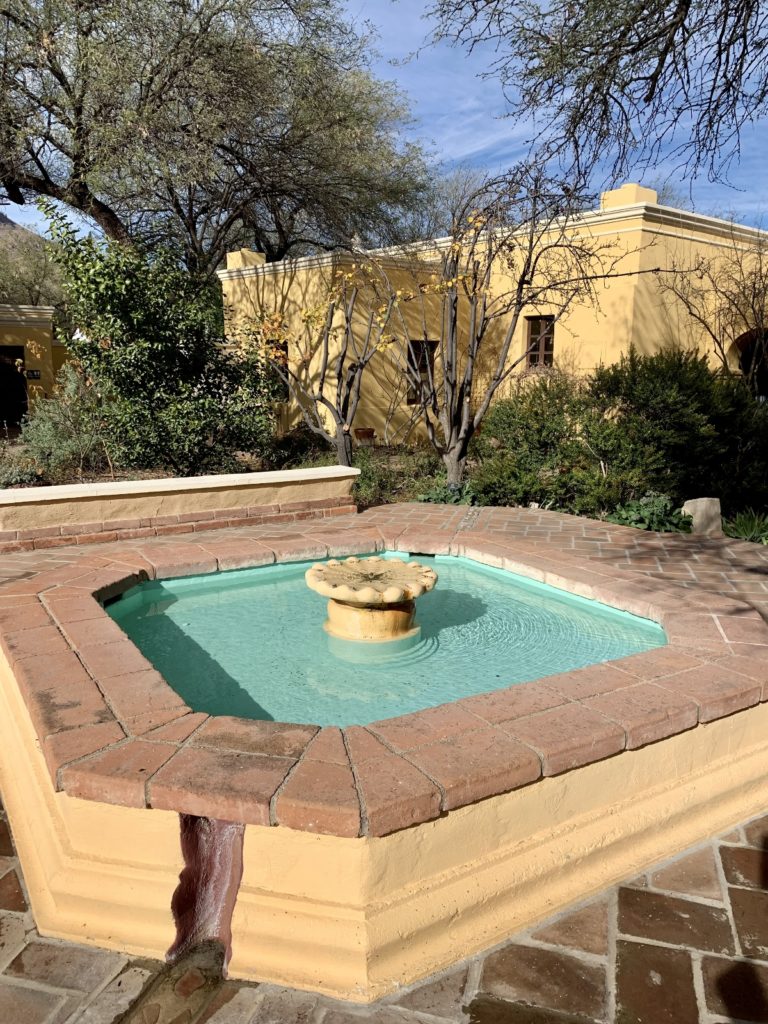

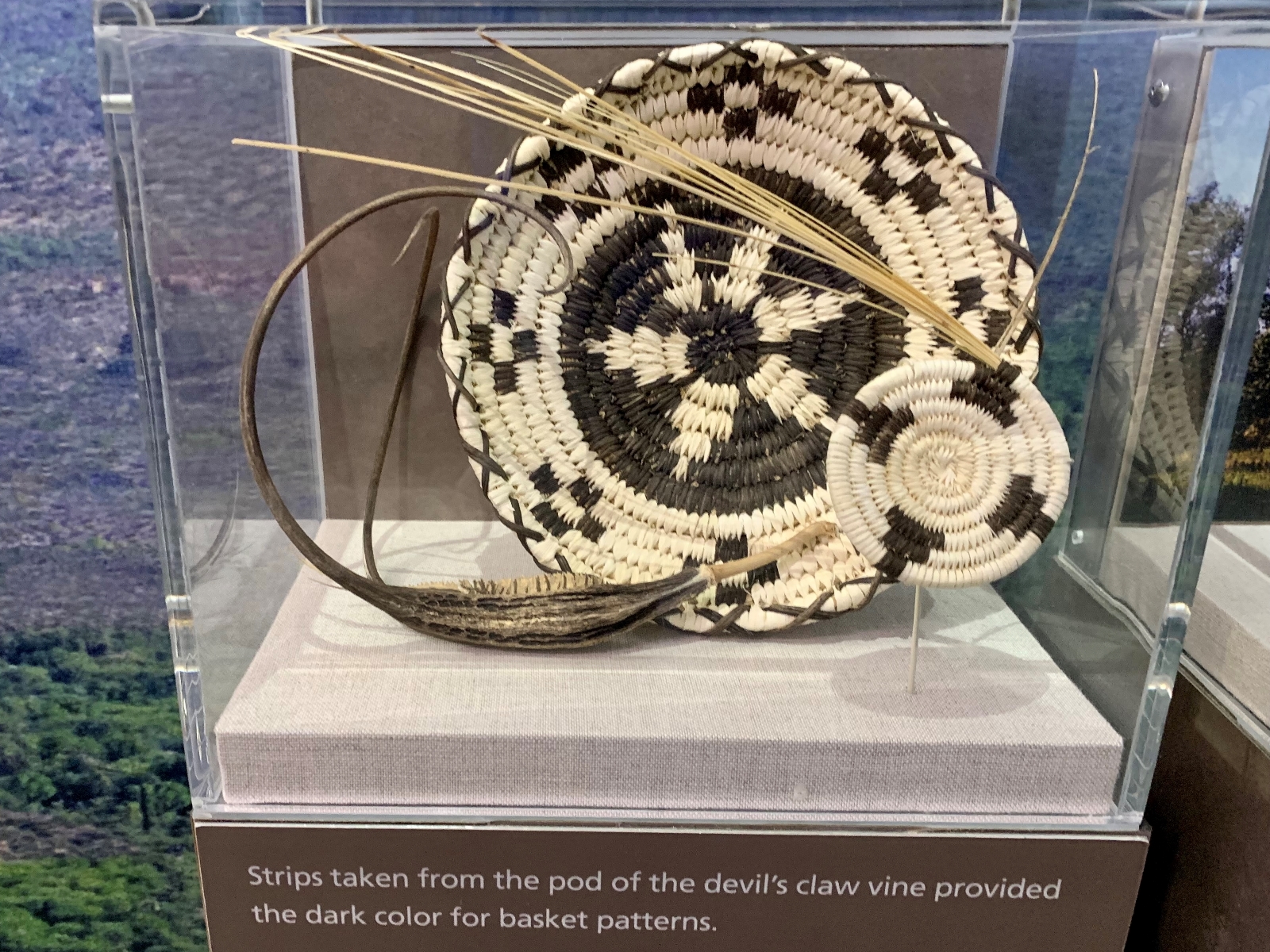
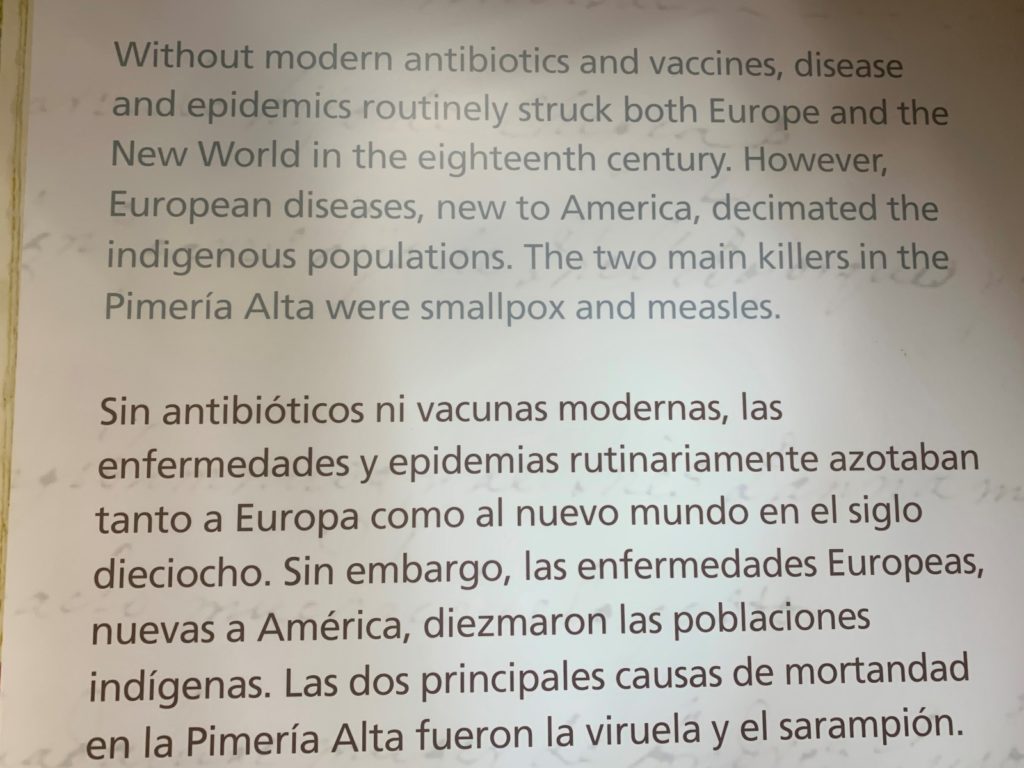
The Calabazas and Guevavi mission churches are in a more degraded state and are not open to the public. Visitors can tour these sites on reserved tours during winter months. Sadly, those tours were not available during our visit due to COVID.
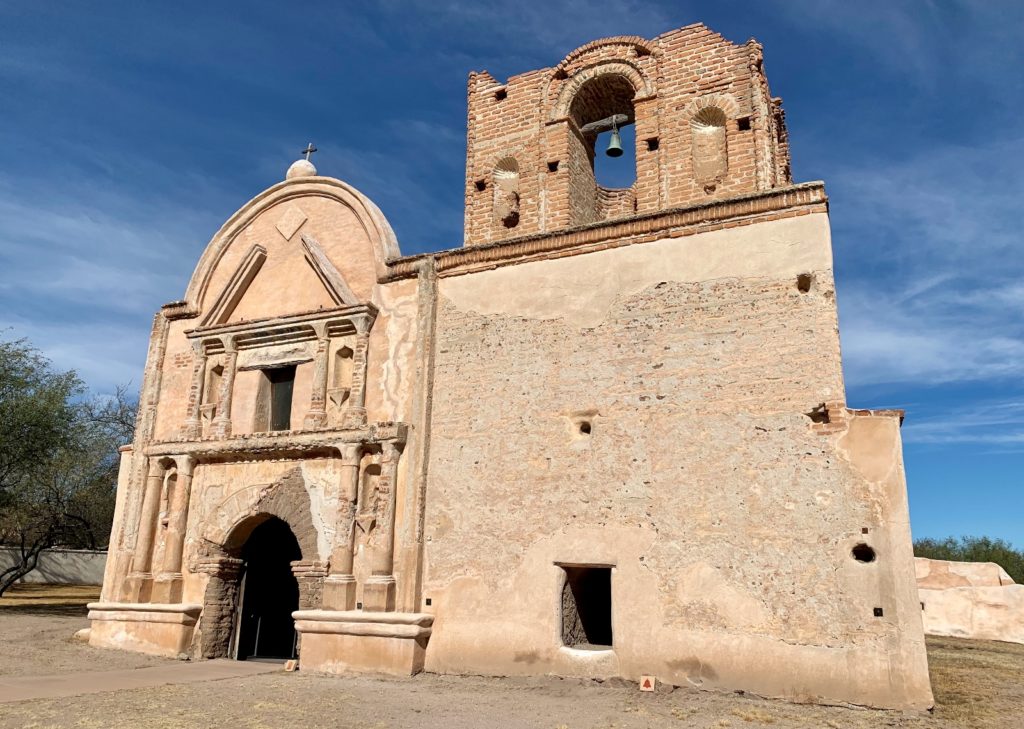





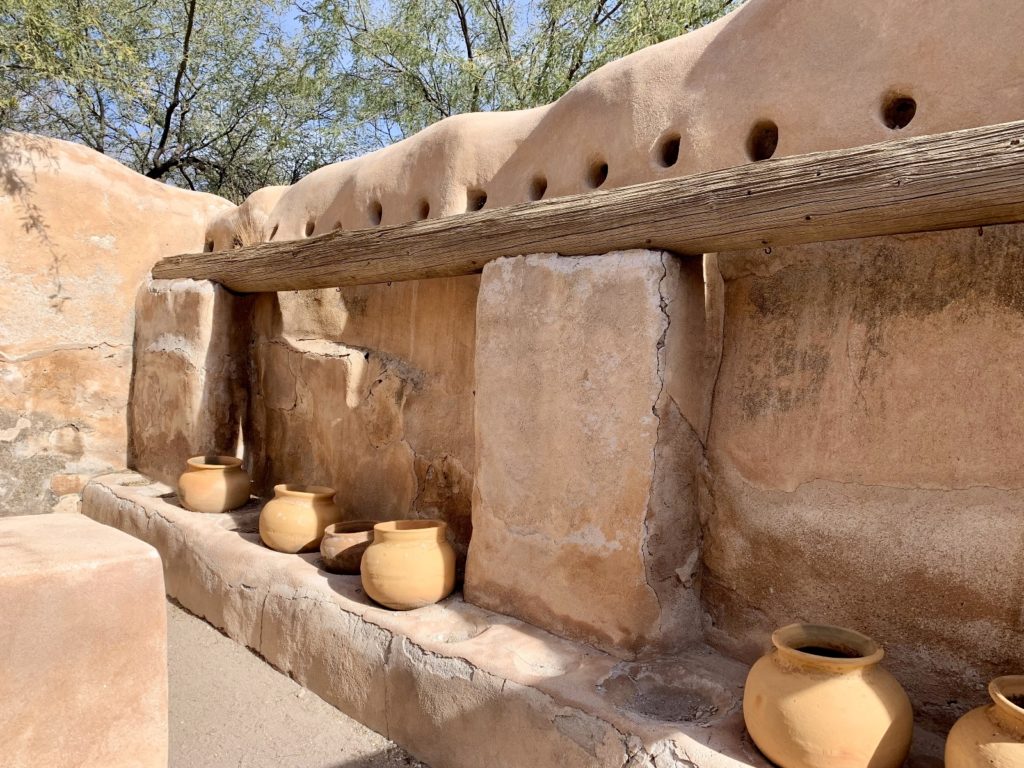
Our nephew, Max, and his girlfriend, Makala, were with us for our visit to Tumacácori. We toured the park’s excellent museum and then walked around the ruins. We also hiked a section of the 1,210 mile long historic Juan Bautista de Anza National Historic Trail along the Santa Cruz River (trail begins behind the Tumacácori orchard) . Like all of the SE Arizona National Park Units we had visited earlier in the month, Tumacácori has an I Hike For Health pin that we earned for our river hike.
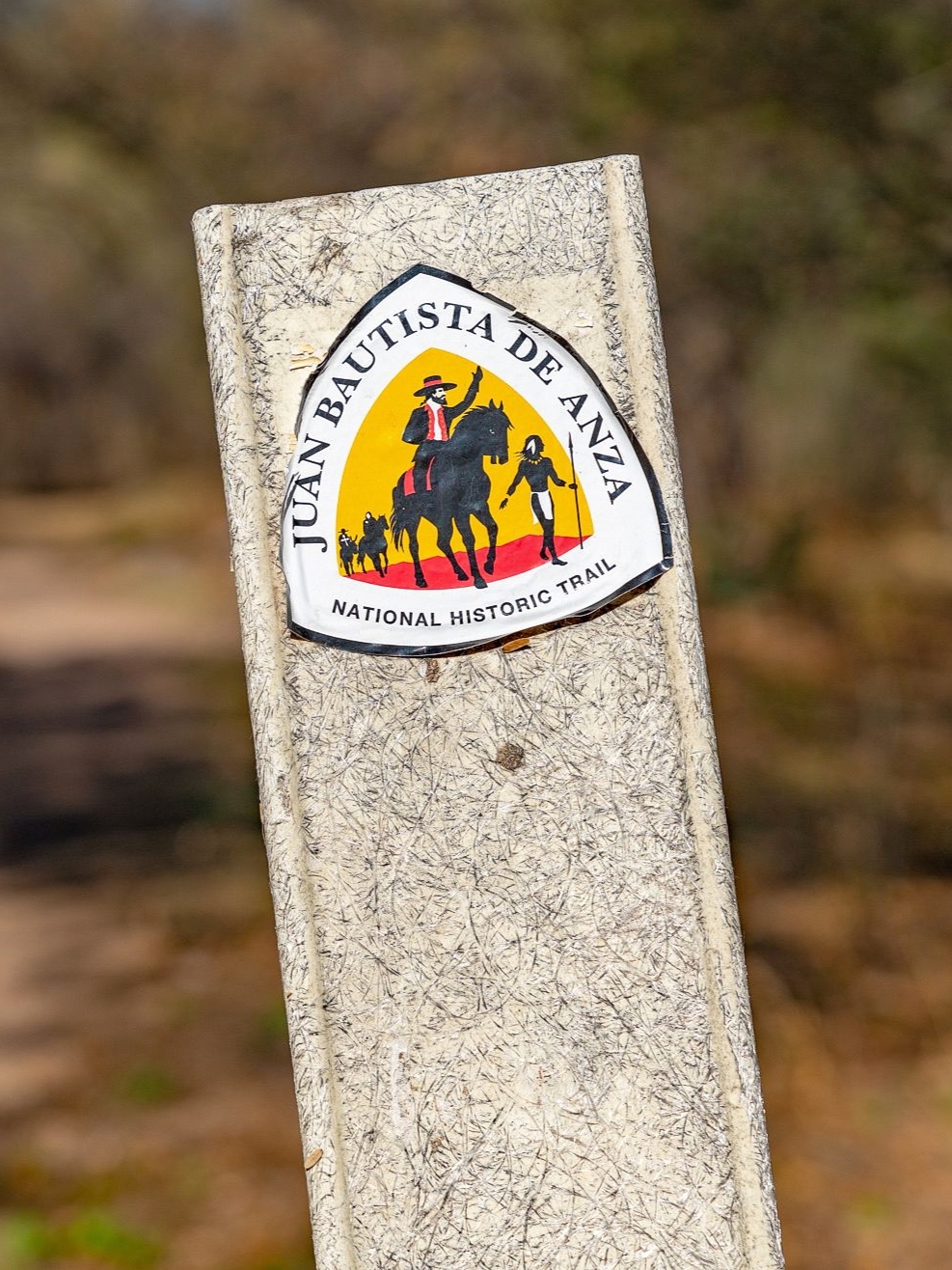

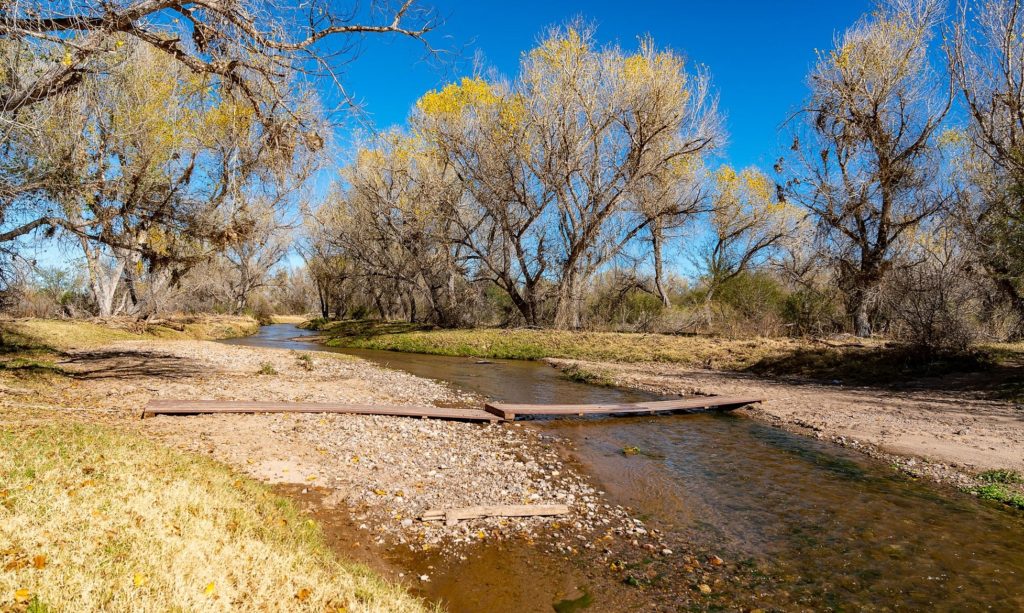
Tumacácori National Historical Park is located 45 miles south of Tucson, AZ off exit 29 on I-19. The park is open daily from 9:00am to 5:00pm, except on Thanksgiving and Christmas Day. The admission fee is $10 per adult.
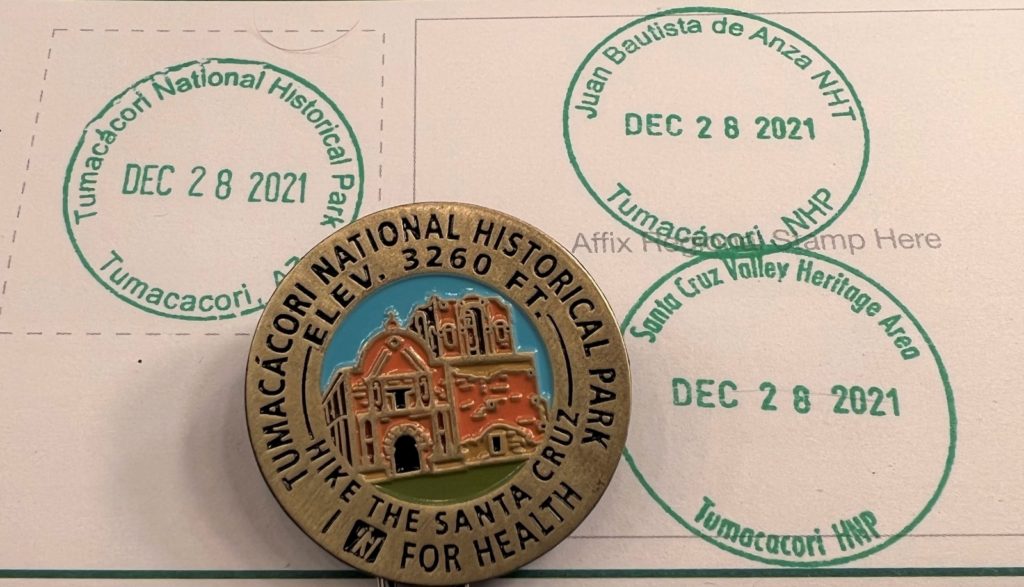
We finished our day with outside dining at nearby Wisdom’s Cafe, “home of the world famous fruit burro”. They take a flour tortilla, fill it with the fruit of your choice, roll it into a burrito and deep fry it to golden brown, then dust it with cinnamon and sugar and serve it with a scoop of vanilla ice cream. YUMMMM! The burro was pretty awesome. Jason and I split a blueberry one. Max and Makala were much smarter and each got their own!
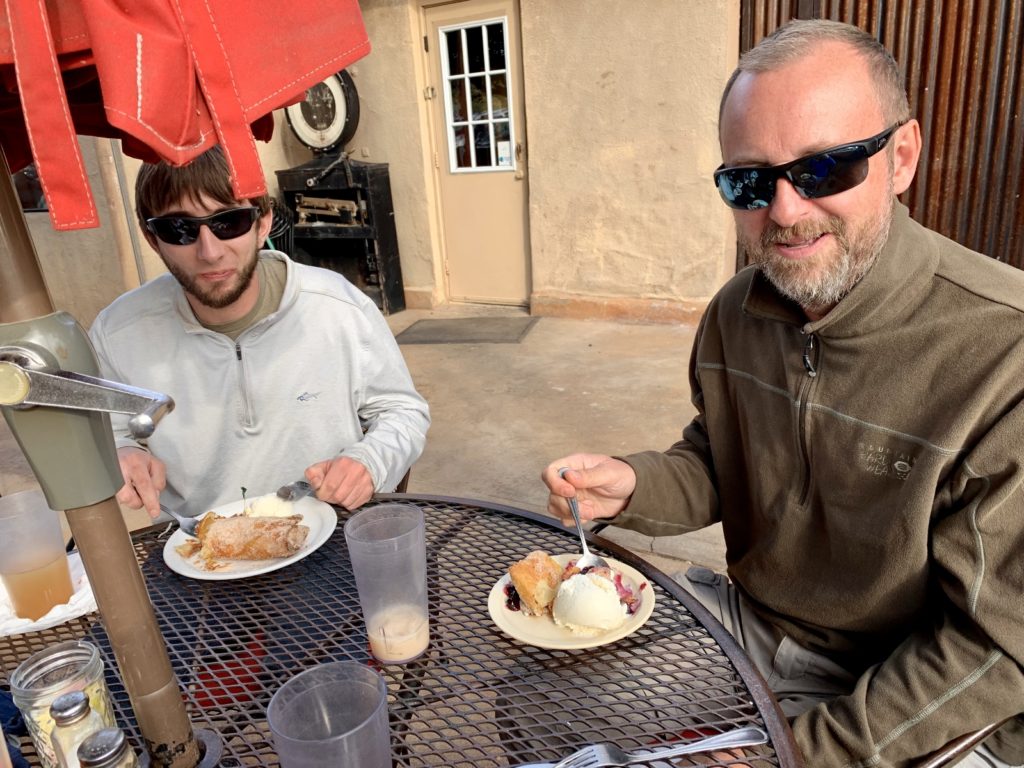


Casa Grande Ruins National Monument
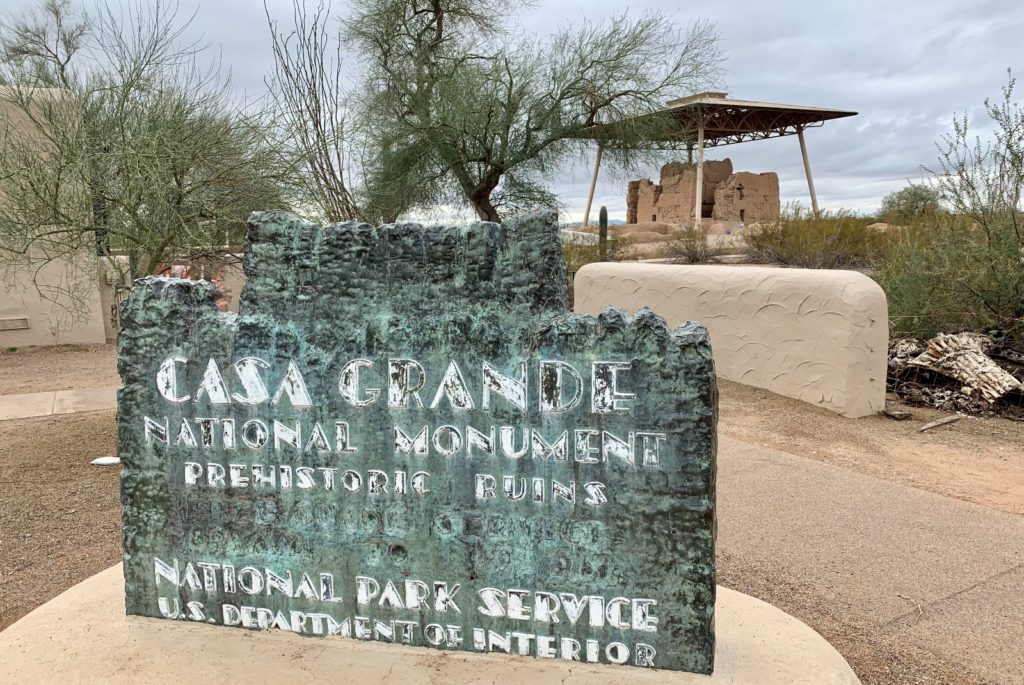
Max and Makala left for home on New Years Eve day. Their time with us was much too brief, but it had been wonderful seeing faces from home. We would be moving to a remote area the following day, so we headed up to the town of Coolidge, Arizona for a propane and grocery resupply. Tucson would have been a larger area for our resupply, but Coolidge is home to another National Park Unit that we hadn’t yet visited, Casa Grande Ruins National Monument.
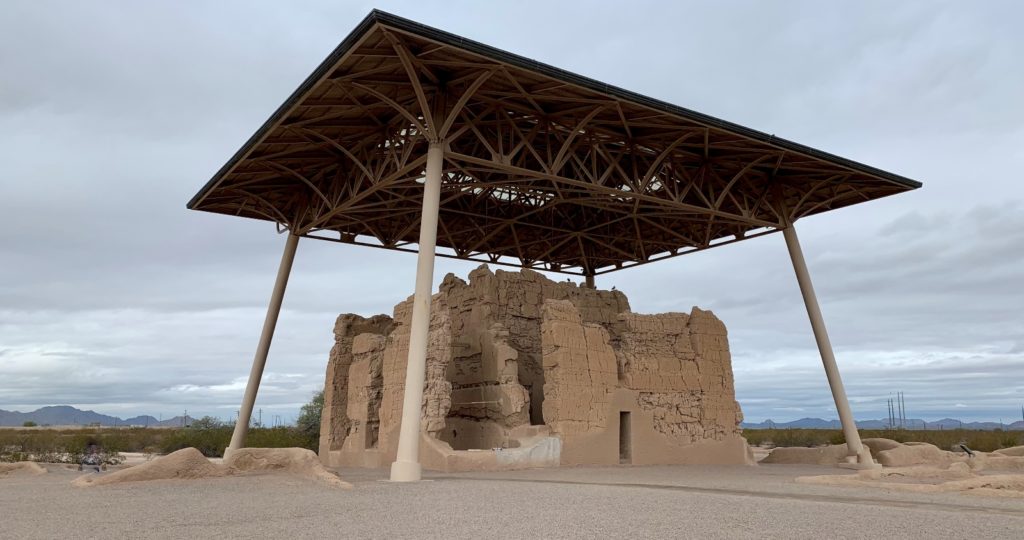
Casa Grande Ruins National Monument is a one square mile park set aside in 1892 to preserve what remained of an ancestral Sonoran Desert people’s farming community and irrigation system. It was the first federal prehistoric and cultural reservation thanks to President Benjamin Harrison. Visitor activities include a museum, bookstore, park movie, self-guided tour, and picnic facilities.
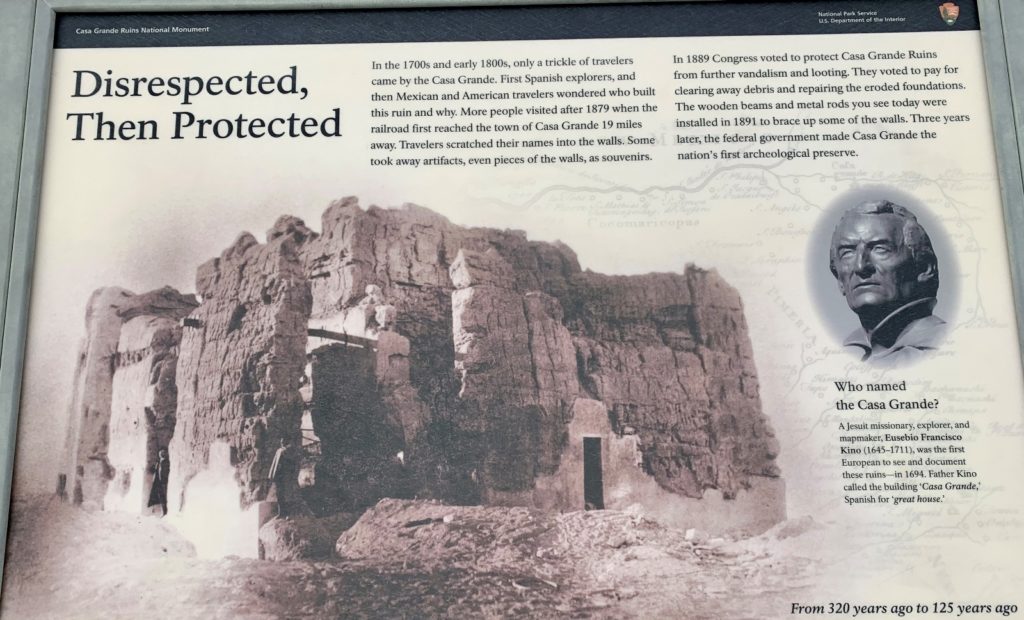
Who built Casa Grande and why? According to the National Park Service, the ancestral Sonoran Desert people who lived here likely descended from an earlier hunting and gathering “Archaic” culture that began in this area around 5,500 B.C.E. Over time, as the area grew hotter and drier, wild plants and animals became less abundant. Domesticated corn from Mesoamerica was introduced and appears to have influenced a gradual transition from hunting and gathering to a more settled farming existence. Adapting to the dry conditions of the desert, these early farmers learned to use water from mountain run-offs and rivers to irrigate their fields. By 450 C.E., these desert dwellers had formed a distinct culture. To bring water to land farther away from the rivers, they began to dig canals around 1500 B.C.E., a technique they continued to use for generations. Archeologists have discovered hundreds of miles of prehistoric irrigation canals in the Gila River valley, as well as the Salt River Valley of Phoenix, the Santa Cruz River Valley in Tucson, and on the American Indian reservations of Southern Arizona. The crops grown by the ancestral Sonoran Desert people eventually grew to include not only corn but several varieties of beans and squash, as well as cotton and tobacco.


The building of the Casa Grande was a major event of the Classic Period. The best dating methods available indicate that this large, caliche (a natural concrete-like material found under the top soil throughout this region) structure was built during the 1300’s. The construction appears to have been well planned and organized, requiring tons of material and a huge cooperative effort on the part of many people. Though many theories have been suggested, we still aren’t sure as to its purpose. All we can assume is that the Casa Grande must have been very important to the people who built it.
During the late 1300’s and early 1400’s, the ancestral Sonoran Desert people suffered a period of widespread depopulation and change. Speculations as to the cause have included drought, floods, disease, invasion, earthquakes, internal strife, and salinization of farmland. Today, several American Indian groups have ancestral links to the ancestral people. Their cultural traditions, together with on-going archeology and the continued interest of visitors at Casa Grande Ruins, all combine to keep the legacy of the ancestral Sonoran Desert people alive to this day.
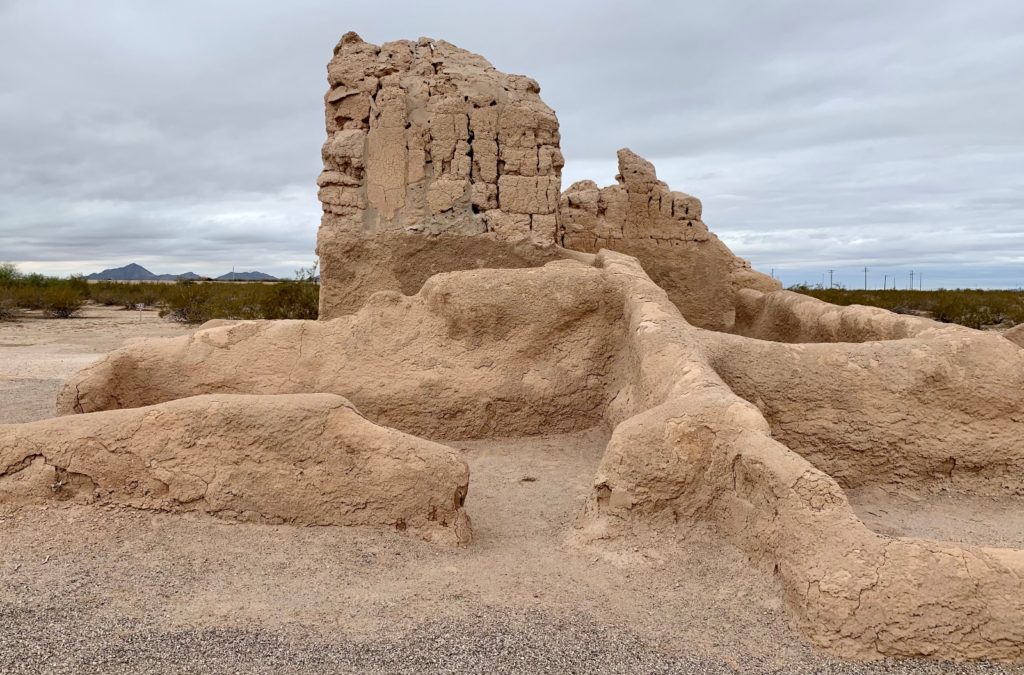
Currently, the museum and movie theater are closed due to COVID. Rangers are available to answer your questions and the self-guided tour around Casa Grande is open. Guided tours are typically offered from late November through early April, but were not being offered during our visit.
Casa Grande Ruins National Monument is located off Highway 87/287 in the town of Coolidge, Arizona, about an hour-long drive from either Phoenix or Tucson. From Interstate 10 take the Coolidge exit and follow the signs to the park entrance. Currently, the operating hours are reduced to Tuesday – Saturday, 9 am – 4 pm due to COVID. I recommend checking current conditions on the park’s website when planning your visit. Entrance to Casa Grande Ruins National Monument is free.
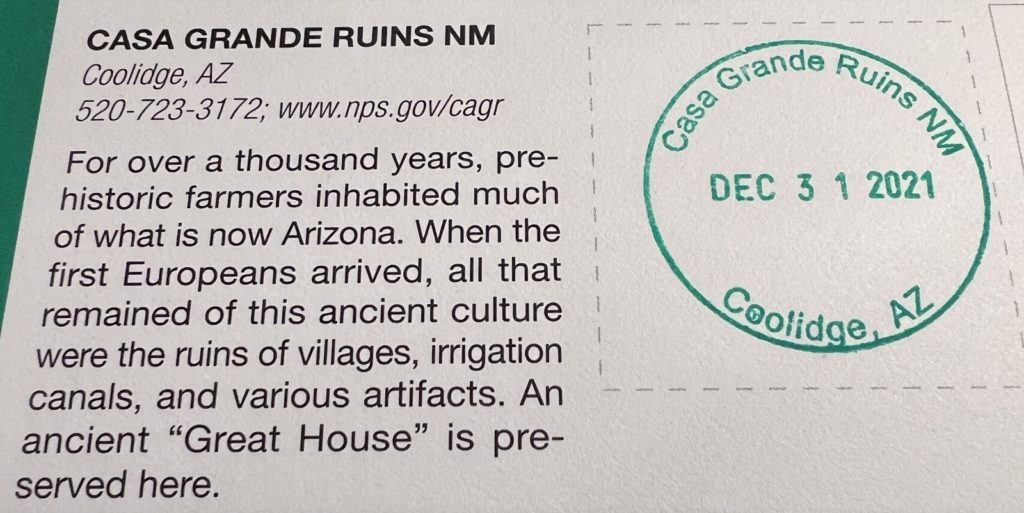
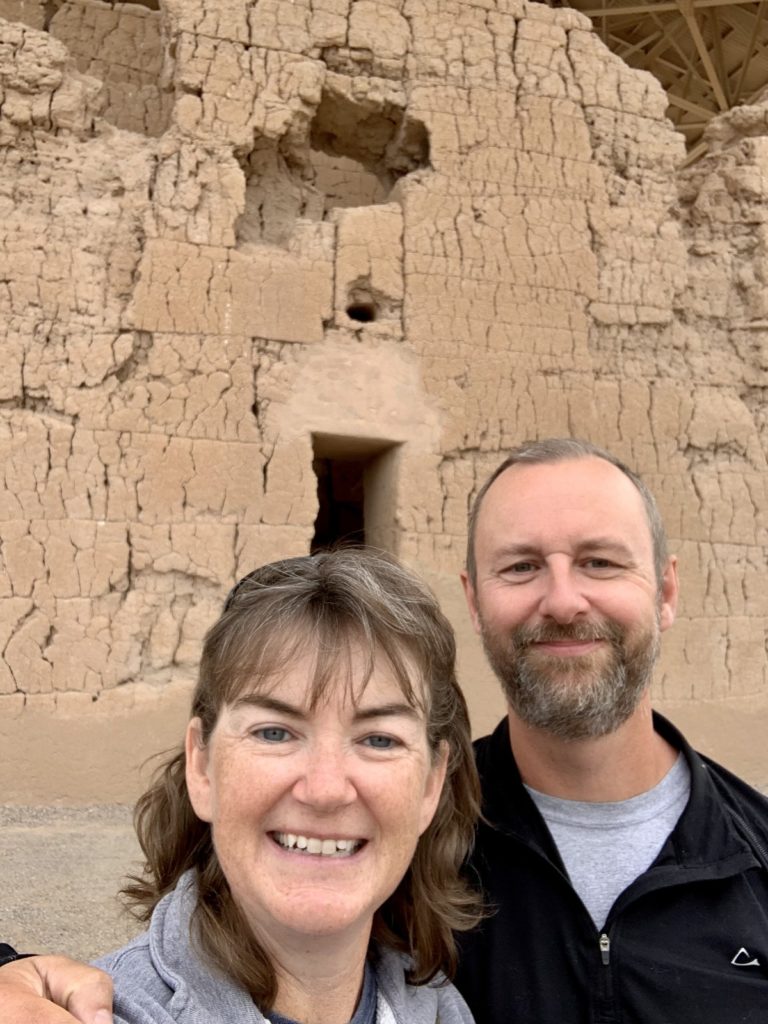
Thanks for the Memories Tucson!
We had spent the entire month of December 2021 within an hour’s drive of downtown Tucson and what a month it had been! We visited four state parks, six national park units, and a handful of National Forest areas. We loved the diversity of activities we found in the area including kayaking, biking, hiking, cave tours, museums, and big city shopping and dining. The weather had been near perfect with an average daytime high of 60-70 degrees and only a handful of rainy days. Thanks for showing us a wonderful time Tucson!
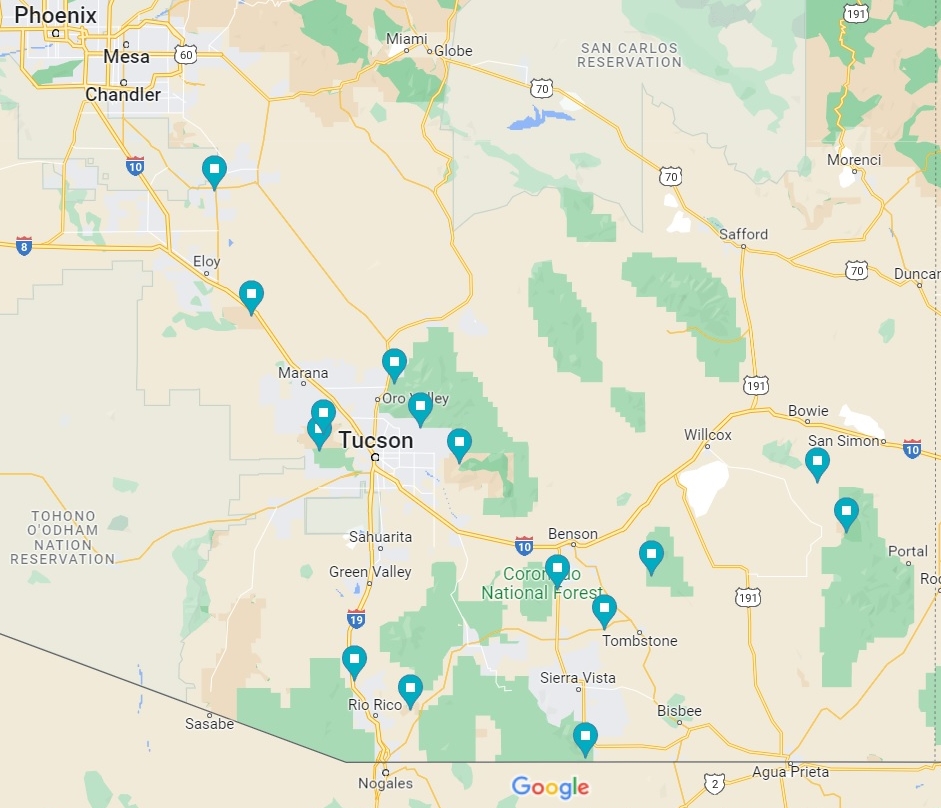
The Adventure Continues
Be sure to join us for our next post as we celebrate a new year in a new location. And don’t forget to check out our Amazon RV and Adventure Gear recommendations. We only post products that we use and that meet the Evans Outdoor Adventures seal of approval. By accessing Amazon through our links and making any purchase (even things as simple as toothpaste!), you get Amazon’s every day low pricing and they share a little with us. This helps us maintain this website and is much appreciated!
So much history and beauty! So glad Max and Makala could could see it with the 2 of you!